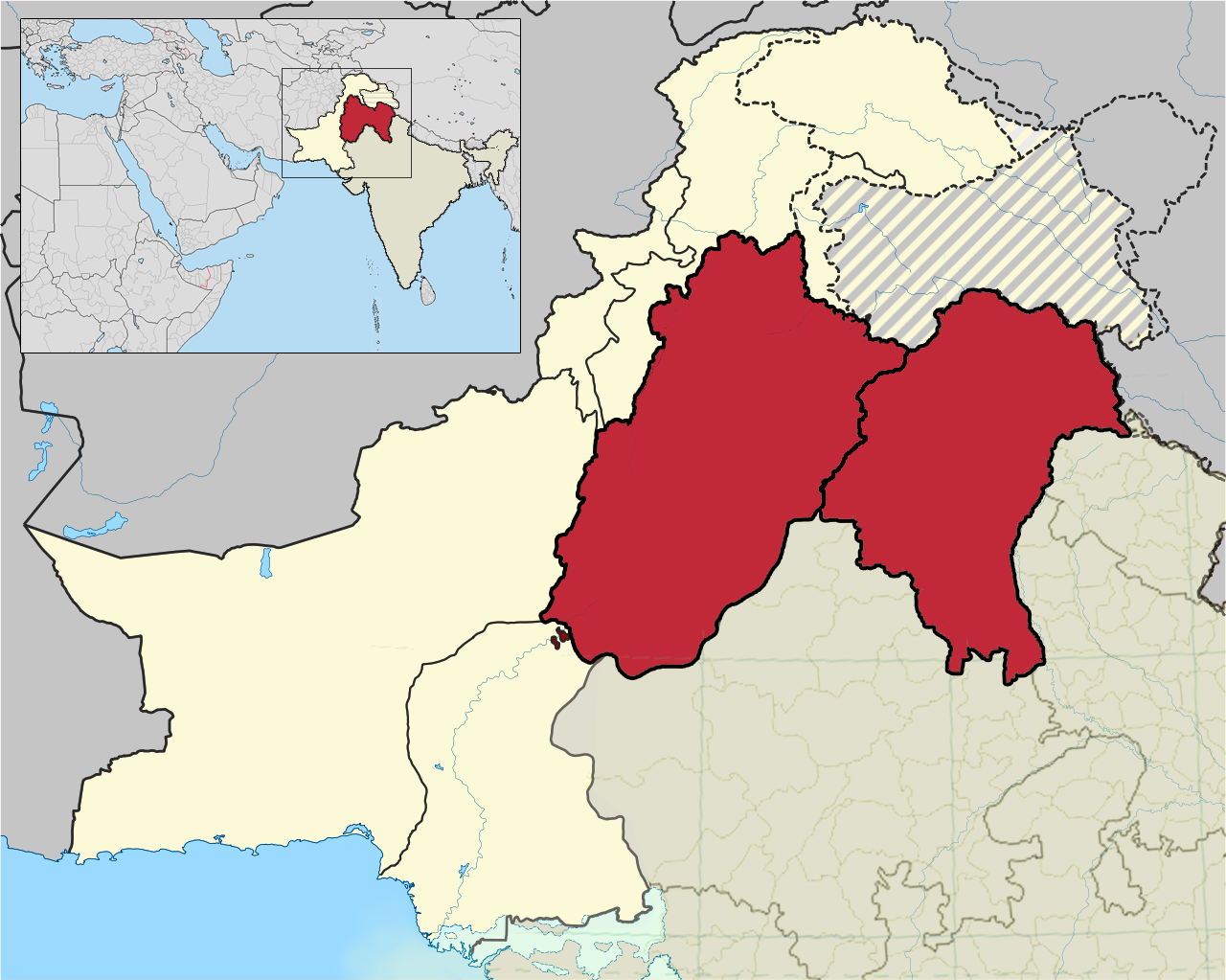M. Sarmad
SENIOR MEMBER

- Joined
- Oct 27, 2013
- Messages
- 7,007
- Reaction score
- 62
- Country
- Location
There is a reason behind it, many people in pakistani punjab don't know but both "mochi" (shoe maker) and "julaha" (weaver) were the relatively "clean professions" adopted mainly by people who were originally leather workers "chammars". The bias against "julaha" weavers in punjab is due to their predominantly "chammar" origins just like mochis.
The theory that Chamars and Julahas are probably the same by origin was first propounded by James Wilson, the Secretary to the Board of Control (the chief official in London responsible for Indian affairs) from 1848-1852. However, the 1881 Panjab Census report, while endorsing Wilson's theory, does concede that Julahas were recognized by both Hindus and Muslims as fellow believers and admitted to religious equality. Hindus treating Julahas as equals in religion (in a Varna-based society) does raise serious doubts about the Chamar/Scavanger origins of Julahas.
Denzil Ibbetson further writes: "we find Koli-Julahas, Chamar-Julahas, Mochi-Julahas, Ramdasi-Julahas, and so forth ; and it is probable that after a few generations these men drop the prefix which denotes their low origin, and become Julahas pure and simple." (he has completely ignored the possibility that some among those mentioned castes might have adopted weaving as their profession)... The Brirish accounts seem to be a little biased against Julahas. ... The British had described Julahas as 'one of the most turbulent classes of the community'. And it was quite common for the Britishers to show in a bad light those castes they deemed 'unfriendly'. Interestingly, Denzil Ibbetson claimed that the rulers of Bahawalpur were purely an indigenous tribe whose founder Daud Khan was a Julaha or weaver by profession. (This view is endorsed by other orientalists like J D Cunningham and James Tod as well).
From the late 19th century onward (ever since they were officially identified as a low caste), Julahas had been struggling to gain social and political recognition. As the first step, they rejected the nomenclature of Julaha altogether and started identifying themselves as 'Ansari' and 'Momin'. They founded a political party (All India Momin Conference) in 1911 to articulate the interests of the Ansari community. The All India Momin Conference became a platform for lower-caste Muslims (particularly Julahas) and mounted a serious challenge to the Muslim League’s attempt to speak on behalf of the high-class Indian Muslims. In 1940, they went as far as passing a resolution in Patna that opposed the partition of India.
Last edited:





